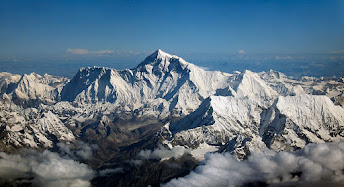Education
Education also plays a vital role in health outcomes. Research shows that education builds knowledge, develops literacy, thinking, and problem-solving skills, and fosters character traits that are important throughout life. These skills and traits can lead to healthier behaviors, partly by increasing knowledge and personal control.
Furthermore, education can influence economic stability and personal growth. It can provide the means to earn more money and achieve greater stability in life, which can help individuals and families withstand economic fluctuations. Early childhood education is particularly important as it can have long-lasting benefits, such as higher education levels, higher earnings, and reduced crime rates.
In summary, education is a powerful tool for personal and societal transformation, offering a wide range of benefits that contribute to individual and community well-being.




.png)
.png)















